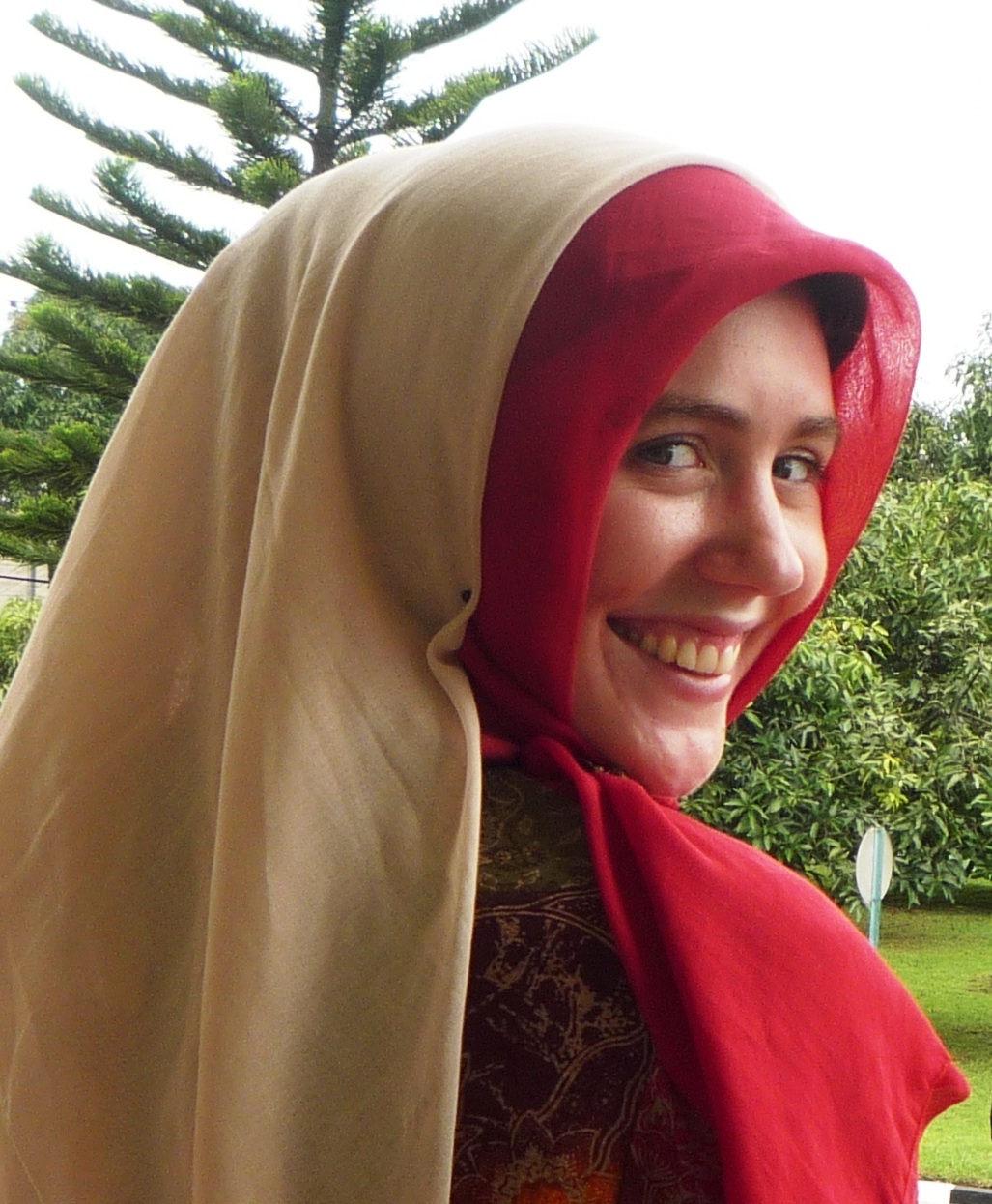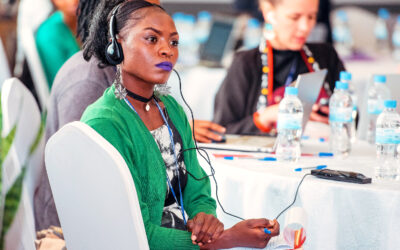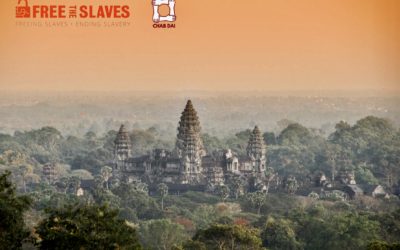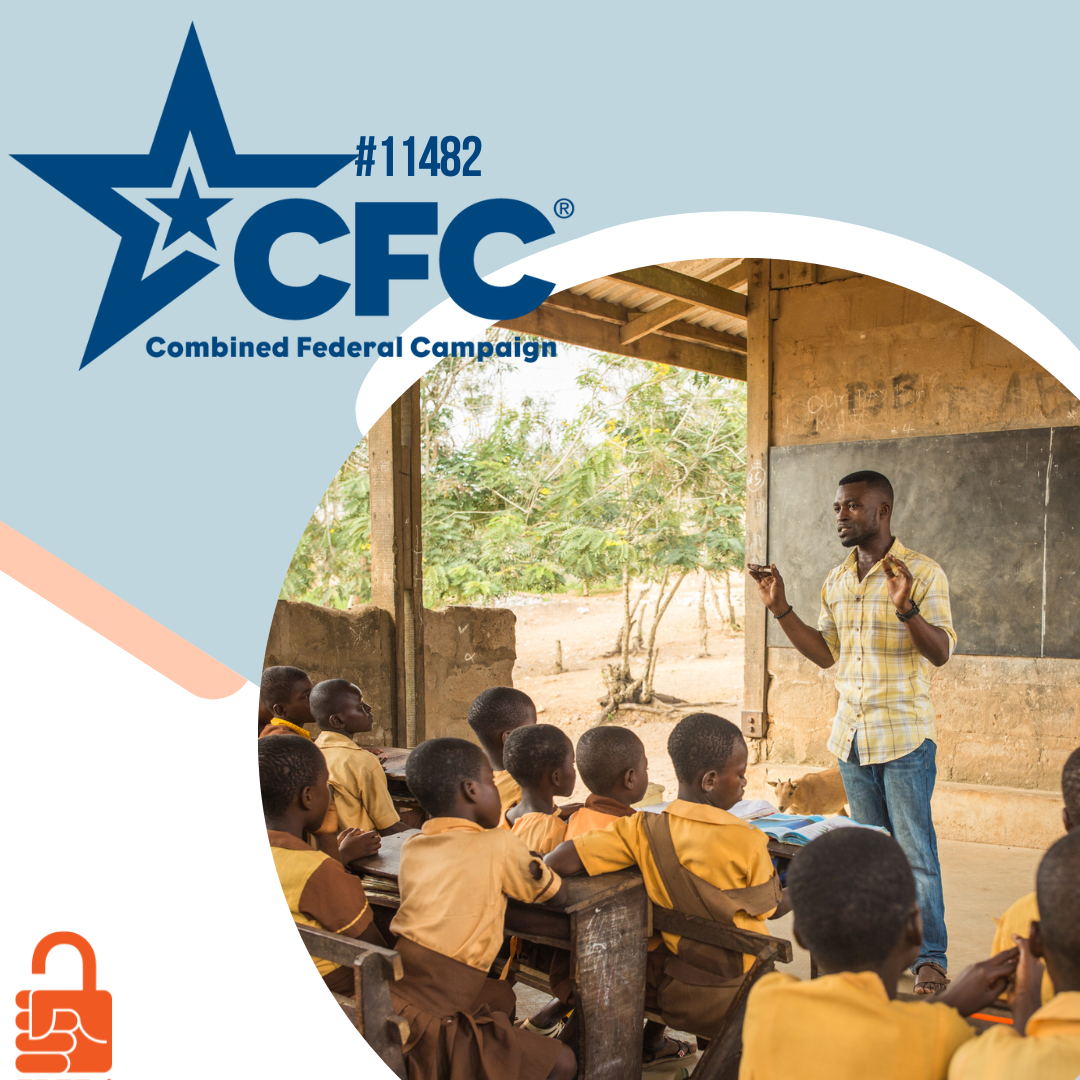It’s a jumble of memories that encompass my year living in Indonesia: the shock of a sudden, torrential downpour, the flashing colors of a traditional jaipong dancer, the incessant beeping of a thousand motorbikes at rush hour, the lush smells of the dozens of food stalls that dotted my street.
But one image in particular haunts me. An adolescent boy, too young to be called a teenager, crouches on the street across from a cheerfully neon Western-style mall in the dusk of early evening. He raises a plastic bag to his face and inhales.
I had recently moved to the city of Bandung, on the island of Java to teach at an Islamic high school as part of a Fulbright scholarship. Life in the maze of streets that comprised my crowded, working-class neighborhood was overwhelming and delightful. My favorite way to explore the area was on the lumbering vans called angkot that served as the city’s public transportation. I would fold my 5’9” frame into the cramped van, wedge myself into a space on one of the two wooden benches that lined the inside of the van, and answer my fellow passengers’ startled glances with a nod and a smile. Even dressed in the headscarf and loose tunics I had chosen to wear in a (perhaps futile) attempt to blend in, I was clearly a bulé, the ubiquitous word for foreigner that literally translates to “whitey.”
My first encounter with street begging in Indonesia came from one such angkot ride. A young boy, perhaps nine or ten, hopped aboard the moving van and perched precariously inside the open door. He grinned at the passengers and, to my shock, began to sing a popular Bruno Mars hit, strumming his battered ukulele as the angkot lurched through the crowded streets. A few blocks later, he held out a plastic cup for coins and leapt out of the van as quickly as he had arrived. I would see this interaction repeated, often several times over the course of a journey, for the next 10 months. During the day, many of the boys were cheeky and energetic, often asking me to teach them English.
Nights, however, were a different story. This reality was made clear to me by the boy sitting on the street corner who caught my attention as I made my way home from a friend’s house one evening. I felt like someone had punched me in the stomach, a sudden, visceral blow of shock and hurt. His glassy eyes and hopeless expression stayed with me, as did the faces of all of the other boys (and occasionally girls) who I saw over the course of the year, huddled on corners with bags of glue or bottles of cheap beer to drown out the fear and misery of sleeping on the streets.
I began to ask questions about these children, the adolescent guitar players and their younger counterparts who darted in between motorcycles at crowded intersections to beg for money. The other teachers at my school shook their heads sadly when I raised the issue. “The children have no choice,” said the chemistry teacher. “They are taken from difficult situations and forced to beg.”
In other words, trafficked. I knew the word from my experience as a summer intern for Free the Slaves several years ago, and from the sporadic news articles that popped up every few months. But to confront the reality on a daily basis was so much harsher than discussing the abstract concept. I saw children as young as four and five who had been trafficked into street begging by gangs who exploited at-risk children. Many of them were orphans, while others had run away from abusive families and ended up at the mercy of the gang’s enforcers, who collected the money the children received each day.

Kathryn McNamara in Indonesia
At an orphanage in the south of the city where I began to volunteer, several of the children had been rescued from such situations. Seven-year-old Hani (not her real name) had been offered a chance to work through a neighbor’s connections. After the death of her parents, she had little choice but to travel from her home on the island of Sulawesi to the capital, Jakarta to earn a living. However, the “connection” turned out to be a trafficker who forced Hani to spend 12 hours a day or longer begging for money. Hani is one of the lucky ones – her gang was caught and broken up by the police, and she was brought to the crowded orphanage.
In a society like Bandung, where neighbors are as close as family, social services are often nonexistent. It is assumed that the community will act together to take care of the poor and vulnerable. However, when the system breaks down, there are too few private institutions like Hani’s orphanage to take its place. This one orphanage draws children from the entire region of West Java, because there are no options for at-risk children in the small villages that dot this cool, mountainous area. The resources are even fewer in other areas of Indonesia; Java, the main island that is home to the capital city as well as most of Indonesia’s population and industry, is far wealthier than its neighbors.
The Indonesian government is moving towards political decentralization in order to more effectively govern the 17,500 islands and hundreds of ethnic and linguistic groups that make up this far-flung nation. However, it is essential that this process does not allow vulnerable populations such as trafficked children to remain on the margins. Awareness training for police officers would make them more sensitive to the children who populate the street gangs. Strict and consistently applied penalties for those convicted of trafficking would send a clear message for human traffickers and for those officials who take bribes to turn a blind eye to their activities.
In the meantime, Hani is attending school for the first time in her life, and says she hopes to become a policewoman. “I want to catch the bad people,” she says. “I want to help the children like me.”
Editor’s Note: After returning from Indonesia in June 2012, Kathryn moved to Philadelphia for an entirely different kind of adventure. She currently works for a global health company as a liaison for doctors and hospitals.



